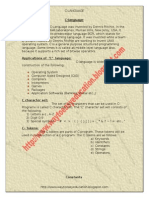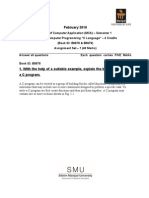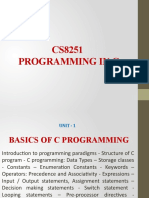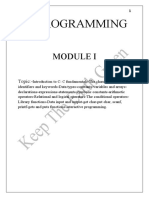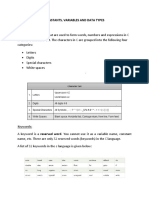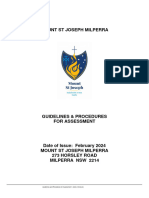0% found this document useful (0 votes)
44 views15 pages5.introduction To C Language
It is something very useful to students
Uploaded by
tanniruvarshithaCopyright
© © All Rights Reserved
We take content rights seriously. If you suspect this is your content, claim it here.
Available Formats
Download as PDF, TXT or read online on Scribd
0% found this document useful (0 votes)
44 views15 pages5.introduction To C Language
It is something very useful to students
Uploaded by
tanniruvarshithaCopyright
© © All Rights Reserved
We take content rights seriously. If you suspect this is your content, claim it here.
Available Formats
Download as PDF, TXT or read online on Scribd
/ 15







































